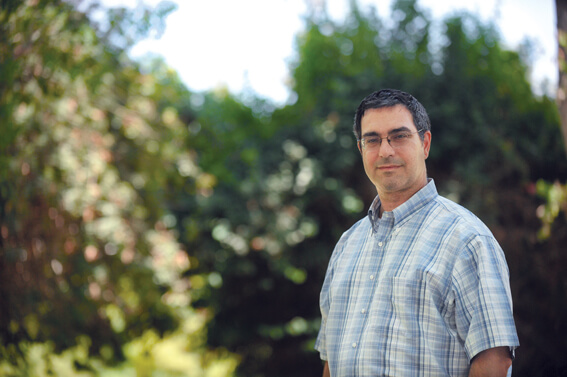Chemistry is a cumbersome business. Complex chemical reactions usually involve many steps, and often produce toxic waste.

Chemistry is a cumbersome business. Complex chemical reactions usually involve many steps, and often produce toxic waste. To produce a certain substance from other substances, it is usually necessary to mix the starting materials, provide energy, add catalysts. A lot of work. No wonder chemists have a dream: they hope one day to carry out chemical reactions using a laser beam, which will aim at a certain molecule and cause it to break certain chemical bonds in a selective manner. Easy, sharp, smooth and simple.
Although, to the disappointment of alchemists and other people, this method will not succeed in turning lead into gold (for this it is necessary to change the nuclei of the atoms, something that cannot be done with a laser beam), but it may offer considerable advantages in the field of increasing the efficiency of various chemical reactions, and performing them in clean and cheap ways. For example, today various drugs are produced in complex organic chemical processes that include dozens of transformations. Using a laser, it may be possible to produce the same drugs in the future in much simpler and more efficient processes.
Prof. David Tenor, from the Department of Chemical Physics in the Faculty of Chemistry at the Weizmann Institute of Science, believes that the method may enter industrial use in the future. His optimism stems from the fast pace of research in leading laboratories in the world, including his laboratory at the Weizmann Institute. Recently, Prof. Tenor and research student David Avisher, in their theoretical work, succeeded in developing a systematic way to reproduce the geometric changes that occur in a molecule after it goes into an "excited" state, as a result of exposure to radiation. In this state, the molecules emit light at a certain time and at a certain wavelength. In an article published in the scientific journal Physical Review Letters, the scientists describe how they analyzed the emitted light, and used its data to reconstruct the processes that took place in the molecule during the awakening.
When molecules wake up, many changes take place in them: sometimes they stretch or twist, and some chemical bonds may break. The reconstruction made at the Weizmann Institute, built from a series of mathematical transformations, reveals the exact sequence of events that took place in a lithium molecule made up of two atoms, from the time it wakes up until it decays. Now the scientists plan to perform a similar reconstruction with larger molecules, made of three or more atoms.
Reconstructions of this type provide essential information about the changes caused by light in the structure of the molecule. Such information can indicate the way to change these connections as needed. For example, if we know which bonds are weakened or broken as a result of awakening, it will be possible to make the breaking process more efficient and selective using laser flashes. The new insights obtained in this study may also advance the study of matter in the atmosphere and stratosphere, where many stimulating molecules are found as a result of exposure to sunlight.
Caution, trap
Efficiency is one of the main obstacles to controlling chemical reactions using a laser. If we assume that the control is only 50% efficient - that is, only half of the product of the reaction is the desired product - the use of the method will be limited. The goal is to reach optimal efficiency, as close as possible to 100%.
Until now, scientists have believed that such high efficiency is only a matter of persistence: if we continue to improve the accuracy of the laser control in a cyclical (iterative) method, we will eventually reach an optimal level of efficiency. But as published in Physical Review Letters, Prof. David Tenor and his research partner, Dr. Alexander Pechan, recently showed that this is not the case. It turns out that in some cases the improvement process reaches a dead end: the efficiency increases for a while, but it stops at a level much lower than 100%. This means that in such cases the initial progress leads to a "trap": it is impossible to continue improving the efficiency, and there is no choice but to leave the process and start all over again from a different starting point.
The bad news is that the recently discovered pitfalls may make it difficult to approach optimality. The good news is that awareness of the pitfalls can help scientists avoid them, for example by tightening the criteria for the initial parameters of the cyclic process.

One response
A beautiful example for thinking outside the box. Thanks for the article.